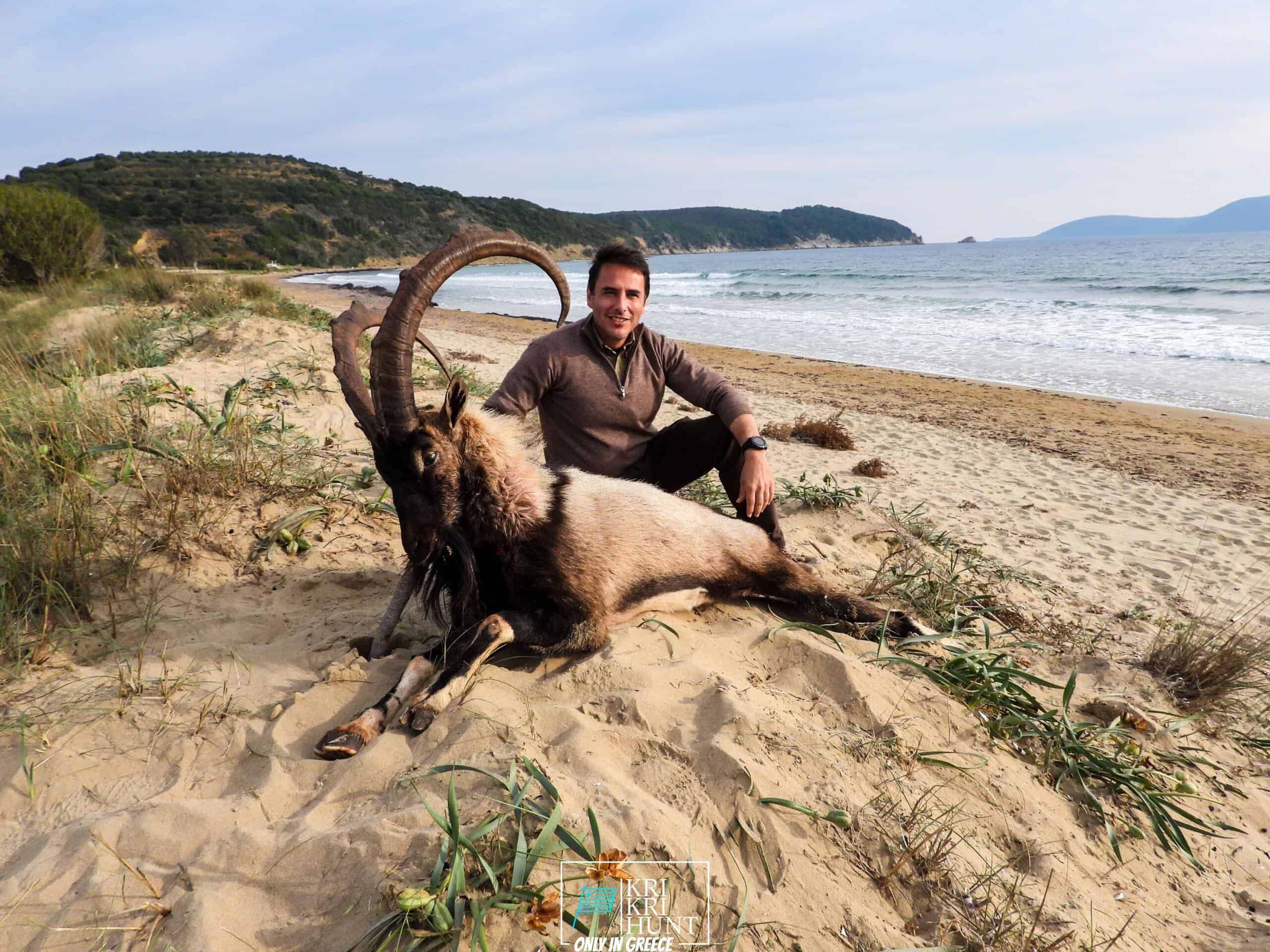Book now and also get 10% discount rate! Kri Kri ibex searching in Greece!

This ibex quest is different from those experienced by many seekers! When hunting for Kri Kri ibex in Greece, it's a great getaway and hunting journey all at as soon as. A five-day exploration diving for shipwrecks as well as spearfishing includes hunting for Kri Kri ibex on an exotic island. What else would certainly you like?

Hunting the kri kri ibex in Greece is an uphill struggle, especially if you're a global hunter. You need to be a local hunter in order to quest kri kri ibex, which can just be fired in particular thoroughly safeguarded searching locations like certain islands. On 2 islands, 150 kilometers/ Atalanty/ and 300 kilometers/ Sapientza/ from Athens, we provide the possibility to quest this great animal. It is just shot in unique searching locations from morning until midday, based on Greek law. Only shotguns might be used, and only slugs may be used. Slugs are the only ammunition permitted. To guarantee that just major seekers are enabled on these expeditions, you need to schedule a year beforehand for your certificate. The licenses are released by the Greek Ministry of Nature as well as Agriculture as well as the federal government concerns a certain number each year.
Our outside searching, fishing, and also totally free diving scenic tours are the ideal way to see every little thing that Peloponnese needs to offer. These trips are made for travelers who wish to leave the beaten path and actually experience all that this amazing area needs to provide. You'll reach go hunting in several of one of the most attractive wilderness areas in Greece, fish in crystal-clear waters for a range of various species, as well as cost-free dive in some of the most stunning coastline in the Mediterranean. And most importantly, our skilled overviews will be there with you every step of the method to make certain that you have a pleasurable and also safe experience.
Look no further than the Sapientza island in Greece if you are looking for Kri Kri ibex hunt and remarkable holiday destination. With its spectacular all-natural beauty, scrumptious food, and also rich culture, you will certainly not be let down. Book among our hunting and exploring Peloponnese Tours from Methoni today, dot neglect your prize Kri Kri ibex!
What is the diference between Kri Kri ibex, Bezoar ibex and hybrid ibex
The kri-kri is not thought to be indigenous to Crete, most likely having been imported to the island during the time of the Minoan civilization. Nevertheless, it is found nowhere else and is therefore endemic to Crete. It was common throughout the Aegean but the peaks of the 8,000 ft (2,400 m) White Mountains of Western Crete are their last strongholds–particularly a series of almost vertical 3,000 ft (900 m) cliffs called ‘the Untrodden’—at the head of the Samaria Gorge. This mountain range, which hosts another 14 endemic animal species, is protected as a UNESCO Biosphere Reserve. In total, their range extends to the White Mountains, the Samaria National Forest and the islets of Dia, Thodorou, and Agii Pandes.
This Ibex is NOT a diminutive form of the Bezoar Ibex, which has migrated into the western-most reach of the range of this species. The kri – kri (Capra aegagrus cretica), sometimes called the Cretan goat, Agrimi, or Cretan Ibex, is a feral goat inhabiting the Eastern Mediterranean, previously considered a subspecies of wild goat. The kri-kri has a light brownish coat with a darker band around its neck. It has two horns that sweep back from the head. In the wild they are shy and avoid tourists, resting during the day. The animal can leap some distance or climb seemingly sheer cliffs.
“The agrimi goat Capra aegagrus cretica is unique to Crete and its offshore islands. It has been identi®ed as a sub-species of the wild bezoar goat Capra aegagrus aegagrus Erxleben, 1777, which it closely resembles in horn shape, body form and coloration. This classi®cation has been disputed by some researchers who claim that the agrimi are feral goats, derived from early domestic stock brought to the island by the ®rst Neolithic settlers. In order to clarify this issue, DNA analyses (cytochrome b and D loop sequences) were carried out on tissue of live and skeletonized agrimi and compared to sequences of wild and domestic caprines. Results conclusively show the agrimi to be a feral animal, that clades with domestic goats (Capra hircus) rather than with wild Asiatic bezoar. This study demonstrates that morphometric criteria do not necessarily re¯ect genetic af®nities, and that the taxonomic classi®cation of agrimi should be revised.â€